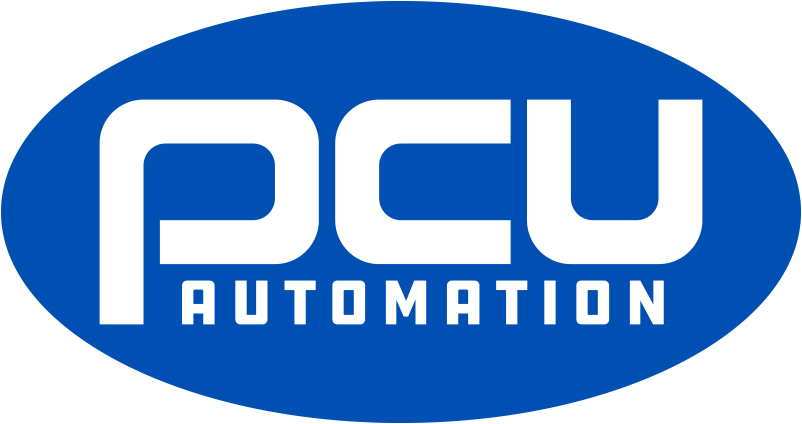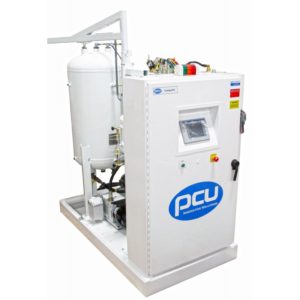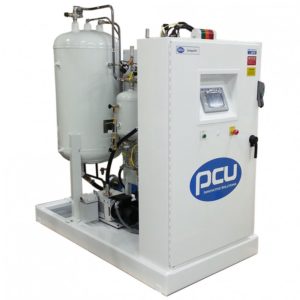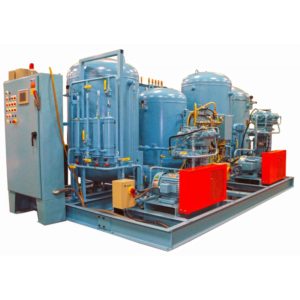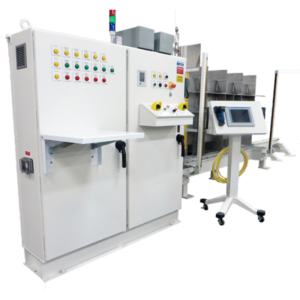 Vacuum Dehydrator: When Do You Need the Driest Fluids Possible
Vacuum Dehydrator: When Do You Need the Driest Fluids Possible
Moisture is everywhere— including in oil and other product fluids waiting to be used in your machines and components. Oil and most other product fluids, such as brake fluid and air conditioning compressor oil, are hygroscopic, meaning that once you take the lid off its container, it will absorb enough water from the atmosphere that it’s unusable. Fortunately, there are various methods to remove moisture from fluids ranging from a centrifuge to a filter. However, if you need the lowest moisture content possible, a vacuum dehydrator is often the preferred choice.
When to Use a Vacuum Dehydrator
Vacuum dehydration is best when you need to remove all three phases of water (free, emulsified, and dissolved), or when you require a moisture limit below what is achievable by gravity separation, centrifugal separation, or filtering.
For example, a moisture saturation value of PAG oil is less than 2,000 parts per million water at 20 degrees Celsius. If you expose a container of PAG oil to the atmosphere, it will absorb moisture until it reaches its saturation value at temperature. However, one manufacturer requires its oil to be 10 parts per million water or less. For this manufacturer, all product fluid is run through a vacuum dehydrator before it is used in their manufacturing process.
Examples of the negative effects of moisture in fluids
Brake system malfunction
Excess moisture in brake fluid lowers the boiling point affecting the braking ability of the vehicle. As the brake temperatures exceed the boiling point of the fluid, the fluid boils and prevents proper operation of the braking system.
Air conditioner system corrosion
Excess moisture in an air conditioner compressor oil can create acid and other byproducts corroding the system. Also, excess moisture can reduce the lubricity of the oil preventing proper lubrication of the compressor, ultimately, reducing the life of the system.
How Does a Vacuum Dehydrator Work?
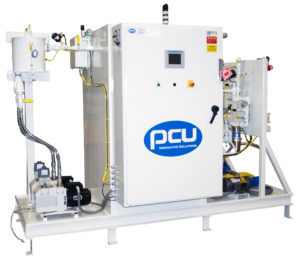
A typical vacuum dehydrator holds the oil or other product fluid to be dehydrated in an enclosed tank. The vacuum dehydrator heats the tank above room temperature. Meanwhile, a vacuum pump attached to the tank lowers the pressure inside the tank to below the vapor pressure of water (about 18 to 20 Torr at room temperature). These actions cause the water in the oil or product fluid to boil and turn into water vapor. The vacuum pump then removes the water vapor. A nitrogen purge is also part of the process. As the oil or product fluid is dehydrated, dry nitrogen is run through the machine. The dry nitrogen helps transport the water out of the oil by adsorption.
During the process, the moisture level of the oil is continuously monitored. Once the moisture level is below the customer’s specified level, the vacuum dehydrator maintains the oil until used by the customer’s process.
Vacuum Dehydrators Place in the Manufacturing Plant
The fluid to be dehydrated is either piped to the dehydrator from a bulk supply or is fed from drums or totes.
Once dry, the oil is piped to a process machine to be added to the customer’s product. Manufacturers can also opt to set up a vacuum dehydrator factory-wide with multiple processing lines.
However you choose to set up your vacuum dehydrator, you can do so with the confidence of knowing your fluid is within specifications for moisture content.
